- Home
- / What we do and why
- / Urban greenery and biodiversity
Urban greenery and biodiversity
Quality of life also means a greener city, where everyone can enjoy contact with natural elements close to home.
Urban green spaces bring ecological values that are essential for a city, such as nature, biodiversity, complexity and connectivity, as well as social and cultural values such as health, well-being, beauty, landscape, culture and the encouragement of social relations.
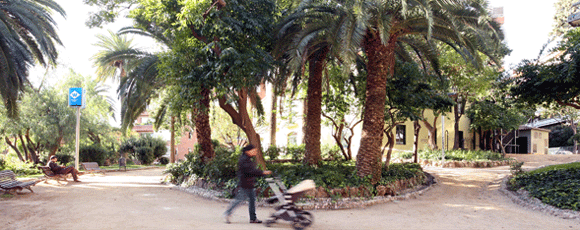
Greenery and Biodiversity Plan for 2012-2020
This plan defines the challenges, goals and commitments of the municipal government in relation to the conservation of green and biological diversity of the city.
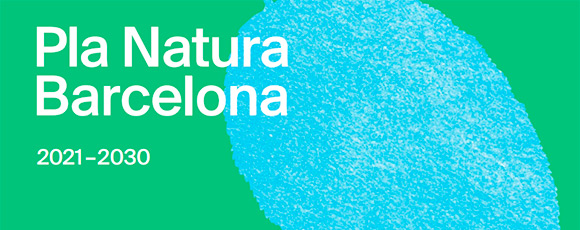
Nature Plan (2021-2030)
Nature Plan 2030 is a strategic participatory tool that encapsulates the vision of the city of 2050, a city with functional, environmentally friendly infrastructure, well-distributed and accessible green spaces connected to the urban fabric and a green metropolitan transport network.
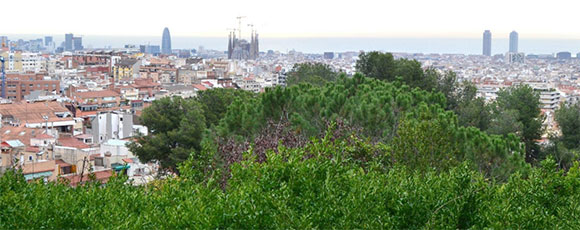
Tree Master Plan
The quantity and quality of trees, and their role as part of the city’s green infrastructure, are factors that have been growing in importance in our city in the last few decades.

Urban agriculture strategy
The Urban Agriculture Strategy is a tool for planning the initiatives needed to improve and increase agricultural land areas in the city under an agro-ecological model.
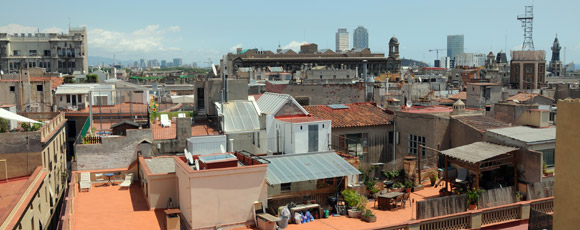
Living Roofs and Green Covers
The city council promotes actions to activate roofs, decks and courtyards on existing and new buildings to draw from them most in terms of social, environmental and energy benefit.
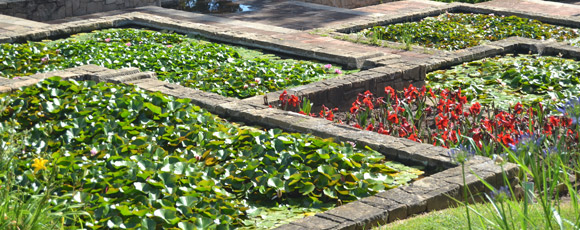
Green-Infrastructure Impetus Plan
Barcelona intends to have an extra 1m² of greenery per resident by 2030. This is equivalent to 160 hectares of new green spaces.

Greenery and Biodiversity Charter
This important guide sets out how to design cities and green spaces taking into account socio-environmental services and incorporating pro-biodiversity and pro-sustainability criteria.


